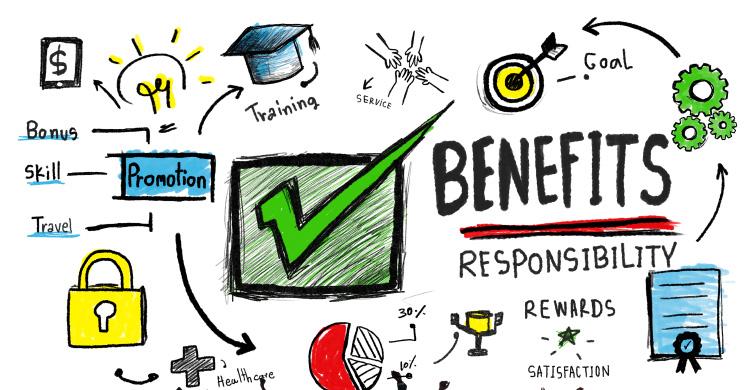The airdrop, once the flashy supernova of token distribution, is fading into the cosmic background. Its explosive, often chaotic, arrival gave way to a landscape littered with forgotten tokens and disillusioned holders. But the universe of tokenomics, the science of aligning token utility with economic incentives, continues to expand. This isn’t just about another distribution method; it’s about a paradigm shift. This article explores the evolved landscape of tokenomics, venturing beyond the fleeting promise of free tokens to examine the sophisticated, sustainable mechanisms shaping the future of blockchain projects. We’ll delve into innovative approaches, analyze their strengths and weaknesses, and ultimately illuminate the path toward truly impactful and long-lasting token ecosystems.
Unlocking True Utility: Token Design for Sustainable Growth
Designing a token that genuinely fuels a project’s ecosystem, rather than existing as a mere speculative asset, requires a shift in perspective. We need to move beyond the simple “pump and dump” mentality often associated with airdrops and embrace a more holistic approach. Think of your token as a key, unlocking access to specific utilities within your project. This might include:
- Governance rights: Allow token holders to directly influence the project’s direction.
- Access: Exclusive content, early access to new features, or premium services.
- Staking rewards: Incentivize long-term commitment and participation.
- In-app purchases: Enable seamless transactions within your application or platform.
Consider the long-term sustainability of your token model. Will your token remain valuable and relevant even as your project matures? A well-designed tokenomics model anticipates future growth and ensures continuous value creation. Analyzing different models can help:
| Model | Pros | Cons |
|---|---|---|
| Utility Token | Direct use within the system | Value tied to platform success |
| Governance Token | Voting rights, influence | Limited utility outside governance |
| Security Token | Represents ownership in the project | Complex regulations |

Strategic Token Allocation: Maximizing Network Effects
Forget the scattergun approach of yesteryear. Strategic token distribution isn’t about showering everyone with free tokens; it’s about cultivating a thriving ecosystem. Think targeted incentives, not indiscriminate giveaways. We’re talking about carefully crafting a system where token holders actively contribute to the network’s growth. Consider these key avenues:
- Early Adopter Programs: Reward those who believe in your vision from the start, providing significant early influence.
- Community Building Initiatives: Incentivize active participation in forums, creating a passionate, self-sustaining community.
- Ecosystem Development Grants: Fund projects that expand the utility and reach of your token, creating a virtuous cycle of value creation.
Visualizing this strategy can be illuminating. Let’s look at a hypothetical distribution across key stakeholders:
| Stakeholder | Allocation (%) |
|---|---|
| Early Adopters | 15% |
| Ecosystem Development | 25% |
| Core Team | 10% |
| Community Rewards | 20% |
| Liquidity Provision | 10% |
| Reserve | 20% |
This is just one example; the optimal distribution will always depend on your project’s specific goals. The key takeaway is that a thoughtful approach to token allocation, focusing on maximizing network effects and incentivizing long-term participation, delivers far more sustainable growth than any airdrop ever could.

Incentivizing Long-Term Engagement: Beyond Short-Term Gains
The fleeting thrill of an airdrop quickly fades. True community growth necessitates a deeper strategy, one that fosters sustained participation and genuine loyalty. Think beyond the initial sugar rush and consider mechanisms that reward consistent contribution. This might involve a tiered system granting escalating rewards based on tenure, activity, or even the quality of contributions. Imagine a program where early adopters aren’t just rewarded once, but consistently recognized for their ongoing commitment. This could manifest as:
- Staking bonuses that increase with lock-up duration.
- Exclusive access to governance decisions and future projects.
- Tiered NFT rewards reflecting commitment levels.
Such initiatives cultivate a sense of ownership and belonging, far surpassing the one-time gratification of a simple airdrop.
Consider implementing a robust referral program that rewards both the referrer and the referee. This approach leverages the power of word-of-mouth marketing organically. But take it a step further: Instead of a flat referral bonus, structure it to incentivise long-term engagement from the referred user. For example:
| Referral Tier | Referrer Reward | Referee Reward |
|---|---|---|
| Bronze (30-day active) | 10 Tokens | 5 Tokens |
| Silver (90-day active) | 30 Tokens | 15 Tokens |
| Gold (180-day active) | 100 Tokens | 50 Tokens |
By incorporating time-based metrics, you foster a culture of sustained involvement that benefits both your community and the project’s long-term health.

Community Building and Governance: The Human Element of Tokenomics
Forget the fleeting thrill of the airdrop; true token longevity hinges on cultivating a vibrant, engaged community. Think of your token not as a mere digital asset, but as the lifeblood of a burgeoning ecosystem. This necessitates a robust governance structure that empowers token holders, fostering a sense of ownership and shared responsibility. Effective community management isn’t about top-down control, it’s about fostering collaboration and genuine participation. Consider these key elements:
- Transparent Communication: Regular updates, open forums, and accessible leadership.
- Decentralized Decision-Making: Utilizing DAOs or similar structures to involve the community in crucial choices.
- Incentivized Participation: Rewarding active community members through various mechanisms beyond simple airdrops.
Building a successful community requires a multifaceted strategy. Success isn’t solely determined by the initial hype generated by an airdrop. Instead, it thrives on fostering a sense of belonging and shared purpose. To illustrate this, consider the following comparison of different community building approaches:
| Approach | Long-Term Sustainability | Community Engagement |
|---|---|---|
| Airdrop-only | Low | Low |
| Community-focused initiatives | High | High |
| Gamified participation | Medium-High | Medium-High |
Wrapping Up
The airdrop, once the cornerstone of token distribution, is showing its age. This evolution of tokenomics, however, isn’t a simple upgrade; it’s a paradigm shift. As we move beyond the simplistic promise of free tokens, a more nuanced, community-driven, and ultimately sustainable approach is emerging. The future of token distribution isn’t about fleeting giveaways, but about fostering genuine engagement, rewarding long-term contribution, and building ecosystems that thrive on more than just hype. The journey has only just begun. The next chapter in tokenomics awaits, and its narrative will be written by those who dare to envision a more dynamic, equitable, and enduring relationship between tokens and their communities.









